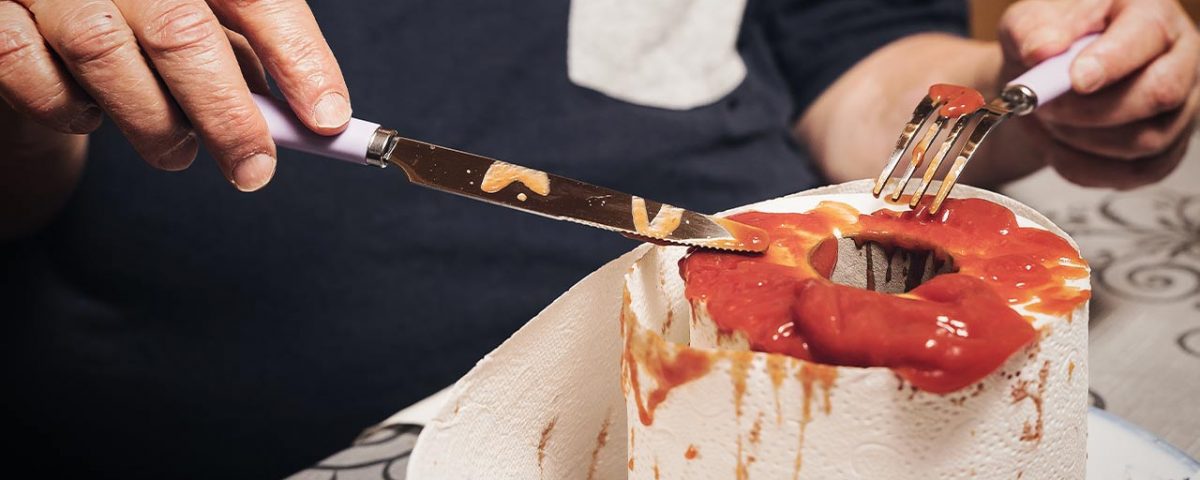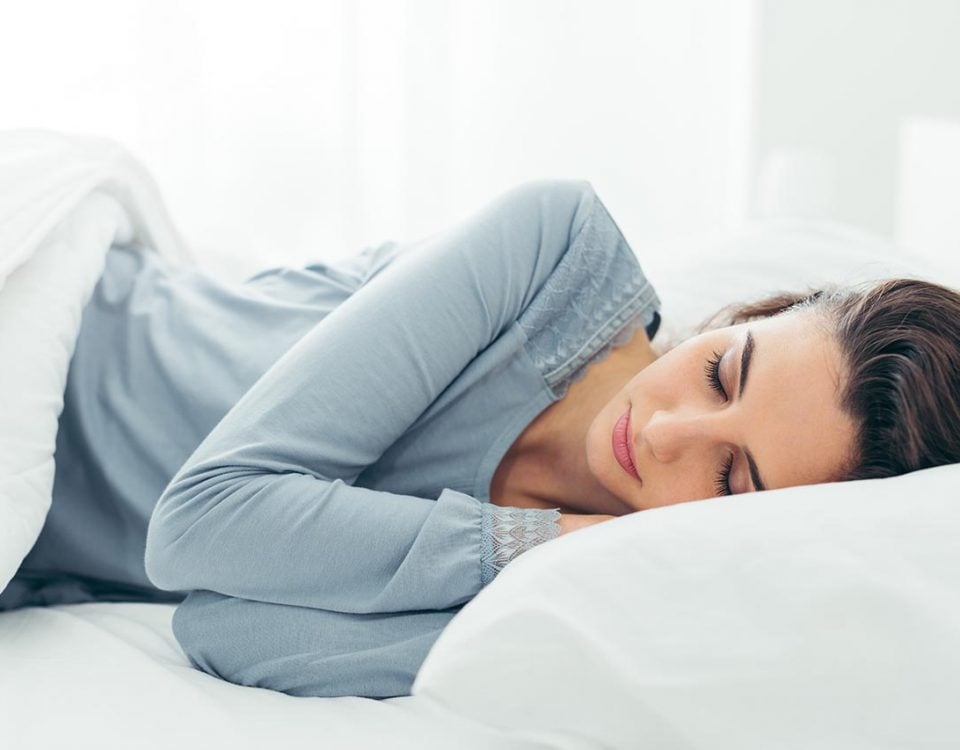People with pica disorder have unusual cravings for inedible substances.
Also referred to as Xylophagia, people with pica eating disorder may consume substances like pencils, tree bark, and paper. There are also various types of pica disorder - such as geophagia, pagophagia, and amylophagia - in which the person craves various non-food items. But why do people eat paper? What causes a craving for lead and rocks? What are the causes of pica disorder?What Is Pica Disorder?
Also referred to as Xylophagia, pica disorder is a type of eating disorder in which a person has a compulsive urge to eat or craving for things that have no nutritional value or aren’t edible. A person with pica may eat harmless things with no nutrition, such as ice, or may eat potentially dangerous items, like flakes of dried paint, pieces of metal, wood, or paper.When it comes to people who eat paper and other inedible items, serious health consequences, such as lead poisoning, can occur. Pica disorder signs and symptoms present themselves most often in young children and pregnant women.
Globally, 25% to 33% of all pica cases involve small children, 20% are pregnant women, and 10% to 15% are people with learning disabilities.1
Pica disorder may also occur in people who have intellectual disabilities. Although pica disorder symptoms are usually temporary, if you notice that someone can’t help but eat nonfood items, speak to a doctor right away.
Pica Eating Disorder Symptoms
People with pica disorder or Xylophagia usually eat paper the most, but more severe cases of this condition do exist. Incidence of pica has also been linked to iron deficiency, zinc deficiency, and certain comorbid disorders like Kleine-Levin syndrome, intellectual disabilities, and schizophrenia.Just because someone you know has eaten a nonfood item once before doesn’t mean they are to be diagnosed with Pica. For someone to be diagnosed with pica, they must continue to eat nonfood items for at least one month.
Common things that people with pica disorder eat include:
- Ice
- Paper
- Soap
- Buttons
- Wood
- Pencils
- Clay
- Hair
- Dirt
- Sand
- Cigarette butt
- Cigarette ashes
- Paint
- Glue
- Chalk
- Feces
- Rocks
- Crayons
- Paint chips
A person with a pica eating disorder may also eat other nonfood items that aren’t on this list. In addition to eating the nonfood items listed above, other pica eating disorder symptoms include:
- Nausea and/or vomiting
- Stomach pain and cramping
- Diarrhea
- Constipation
- Lead poisoning (if they eat pencils or paint chips that contain lead)
- An intestinal blockage (from eating nonfood items that can’t be digested and block the intestine)
- Infections (caused by germs or parasites from nonfood items like paint chips, feces, rocks, and more)
- Fatigue
- Behavioral problems
- Mood swings
- School problems
- Fluctuations in weight
- Dental problems
- Other symptoms of lead poisoning or poor nutrition
Most people with Xylophagia eat regular nutritional foods as well as inedible foods, so it might be difficult to recognize the signs of pica disorder in someone who also eats regular foods. However, for the most part, people with this eating disorder tend to be malnourished.
If you recognize the signs of pica eating disorder in anyone, reach out for eating disorder treatment immediately. Additionally, call 9-1-1 if you witness someone with pica choking or in severe pain or if you experience either of these yourself.
Why Do People Eat Paper?
If someone eats paper, it’s most likely because they have a pica eating disorder. Experts aren’t sure why people eat paper, but we do know that it’s more common in people with:- Developmental disorders, such as autism or intellectual disabilities
- Mental health disorders like obsessive-compulsive disorder (OCD) or schizophrenia
- Malnutrition or hunger (nonfood items may provide a sense of fullness)
- Deficiencies in iron or zinc, which may trigger specific cravings
- Stress (pica is often seen in children living in poverty or those who have suffered abuse and neglect)
Side Effects of Eating Paper
Generally, Xylophagia side effects include stomach pain, bloody stool, infections, disease, bowel problems, tooth problems, intestinal blockage and tearing, and lead poisoning, to name a few. The symptoms of pica disorder vary depending on the nonfood item that was ingested.However, when it comes to eating paper, side effects may include:
- Nutritional deficiencies, especially if paper replaces food items with nutritional value
- Choking
- Intestinal blockage a tearing
- Blood infections
Although pica disorder isn’t avoidable, if you notice that a loved one has an affinity for nonfood items, take them to see a doctor right away. These cravings for non-nutritional foods may be the result of an undiagnosed condition.
For example, Doctor H. Lee Kagan had a 37-year old patient who, for a long time, had a strong craving for paper. When Kagan asked her patient how much paper she eats, she replied, “Are you kidding? I could eat two or three of those pages at lunch. There’s a pad on my desk in my office, and I nibble all day long. And you know what else? I love the smell of cement, especially wet cement.”2
Upon further investigation, Kagan eventually found that the patient suffered from an iron deficiency, which was caused by her undiagnosed celiac disease, which is an autoimmune disorder that’s triggered when you eat gluten.2 So if you find yourself craving inedible foods or know someone who does, be sure to visit a doctor to discuss any underlying causes that could be treatable.
Eating Disorder Support
In addition to pica, other eating disorders like anorexia, bulimia, and binge eating disorder can greatly impact a person’s life. Anorexia nervosa is among the deadliest of mental health disorders, so it’s crucial that those who show signs of an eating disorder get help right away.If you or someone you care about has an eating disorder, Banyan Treatment Centers offers eating disorder treatment in Philadelphia that can help. From anorexia to other specified feeding and eating disorder (OSFED), we offer a variety of eating disorder programs to help patients recover from the physical and mental impact of their conditions and learn how to manage their symptoms on their own.
For more information about our center for eating disorders and other recovery programs in Philadelphia, contact Banyan today at 888-280-4763.
Related Reading:
How is Binge Eating Different From Bulimia Nervosa?
Eating Disorders in Athletes
Sources:
- NCBI - An unusual case of xylophagia (paper-eating)
- Discover Magazine - Eating Paper in Search of Missing Nutrients









